First Gulf War: 25 years on from Saddam Hussein's invasion of Kuwait [Photos]
It is 25 years since the start of the First Gulf War, when a coalition of allies, led by the US, fought the Iraqi army after it invaded Kuwait.
The brutal Iraqi dictator Saddam Hussein accused the Kuwaitis of suppressing the price of oil by producing more than they were declaring, which in turn hurt the oil-dependent Iraqi economy.

After a war of words between Saddam and the Kuwaitis, he ordered 100,000 of his army − fresh from a bitter decade-long conflict with Iran in which a million were killed − over the border on 2 August.
As the Soviet-manufactured Iraqi tanks rolled in, the Kuwaiti royal family fled, leaving hundreds of thousands of ordinary citizens to face the onslaught. Many were displaced or murdered, others were abducted and tortured. Kuwaiti property was looted.
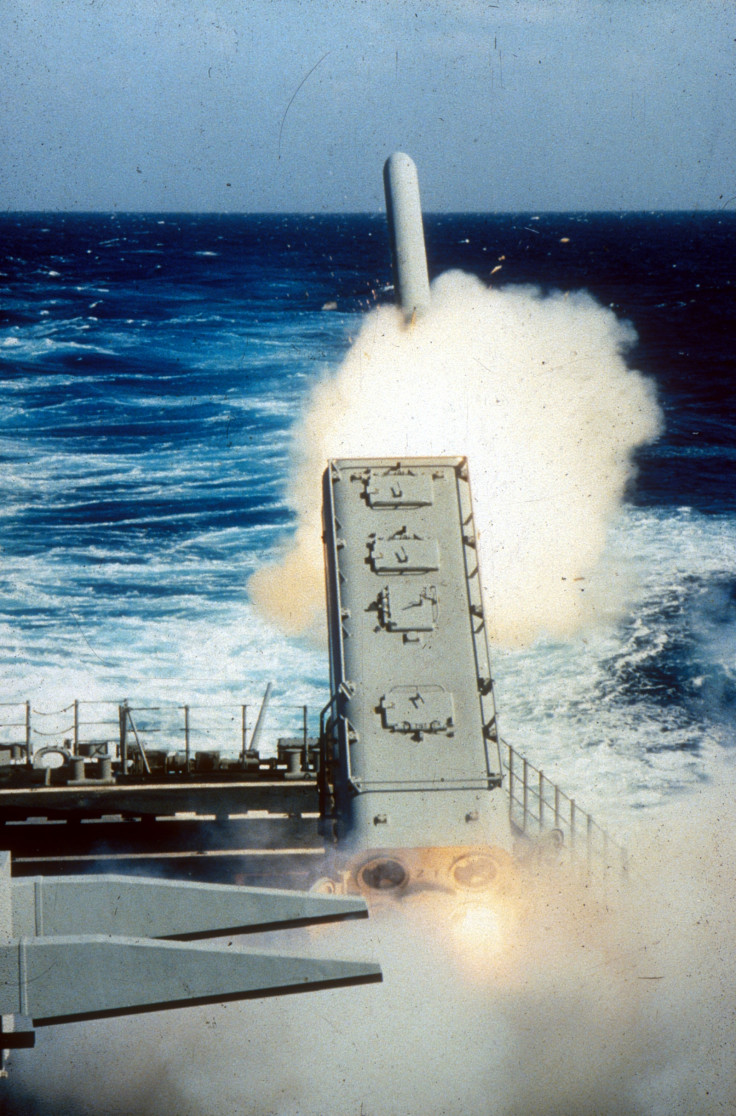
Days later, a coalition of forces led by the US mounted their response. The Americans, under the name Operation Desert Shield, set up a massive base in Saudi Arabia from which they later launched air strikes. American warships in the Persian Gulf would also launch cruise missiles at Iraqi targets.
Saddam was given an ultimatum by the coalition, which also included France, Britain, Saudi Arabia and Egypt: leave Kuwait or be driven out by military force. Saddam declared Kuwait a new province of Iraq.
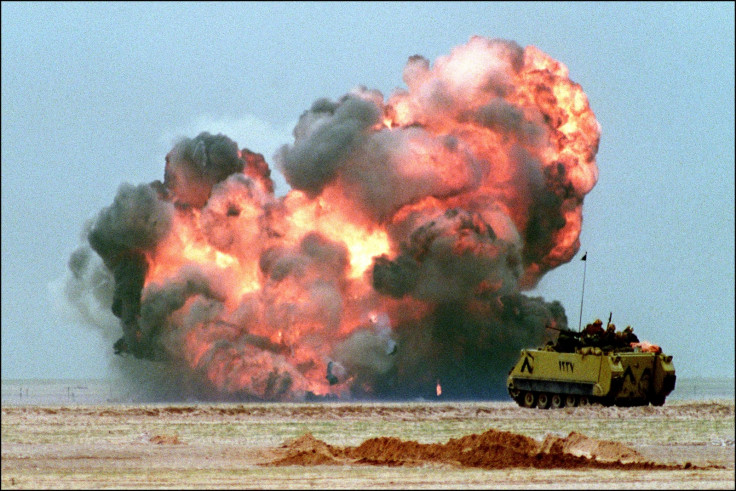
In the war that followed, codenamed Operation Desert Storm, the far-superior firepower, hardware and training of the coalition forces rolled over the poorly-equipped Iraqi army. Saddam held foreign nationals in Iraq hostage, including Britons and Americans. As well as invading Kuwait, he sent troops over the Saudi border and fired Scud missiles at Tel Aviv, Israel.
One of the worst incidents of the conflict happened at the hands of the coalition, which had mistakenly identified a civilian shelter in Amiriyah, Baghdad, as a command bunker. The American air strike that hit it killed over 400 civilians in an instant, including many children.
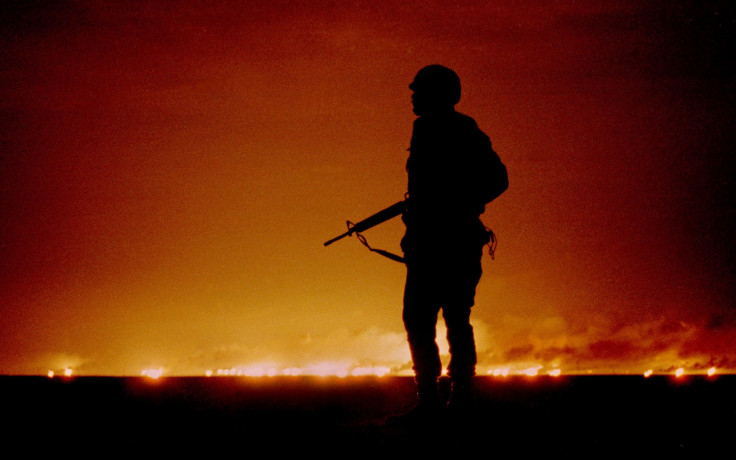
As the Iraqi army retreated through Kuwait, it set fire to the oil fields, causing billions of pounds worth of damage and sending plumes of toxic smoke into the atmosphere that caused environmental havoc.
Another feature of the war was the use of American-made shells that contained depleted uranium. For years afterwards, soldiers and civilians exposed to the shells after they exploded were poisoned and suffered numerous health difficulties, while many children born close to bomb sites suffering birth defects.
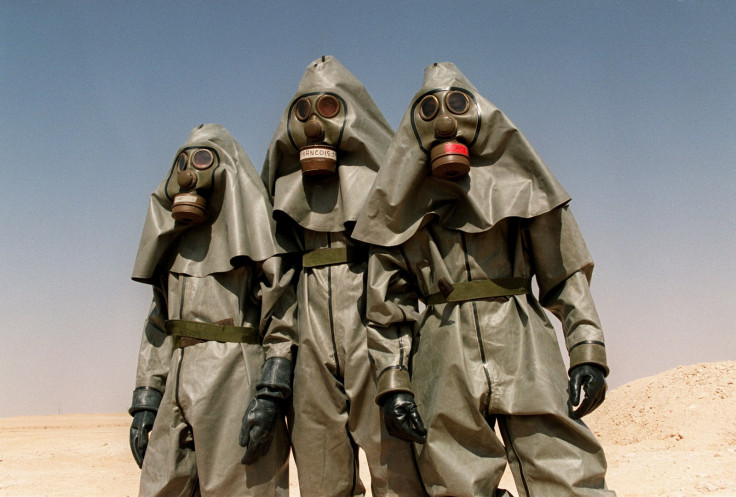
By 3 March 1991 Iraq had been forced into surrender and accepted the terms of a UN Security Council ceasefire.
"There are no official figures for the Iraqi military operation," according to the Encyclopedia Britannica. "Estimates of the number of Iraqi troops in the Kuwait theatre range from 180,000 to 630,000, and estimates of Iraqi military deaths range from 8,000 to 100,000. The allies, by contrast, lost about 300 troops in the conflict."
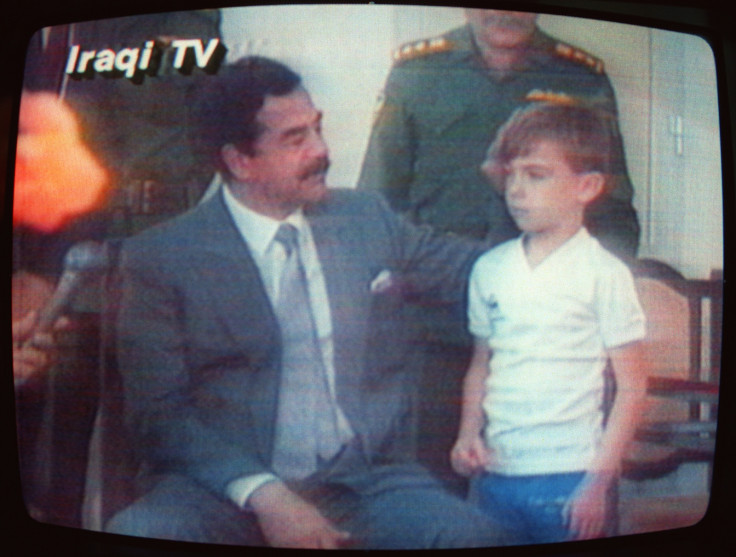
The coalition forces did not march on Baghdad to remove Saddam, who went on to crush an uprising against him during the war by Kurdish rebels in the north of Iraq − the same people he had unleashed chemical weapons on a few years before at Halabja.
It was this decision not to topple Saddam there-and-then by backing the Kurdish rebels that arguably led to the Second Gulf War in 2003 and the chain of events that have followed, such as the multiple political crises that precipitated the rise of Islamic State.

© Copyright IBTimes 2025. All rights reserved.






















